How the Job Market Is Shaping Up This Autumn
A note from Simon Bassett, CEO at tml Partners
We do hope you had an enjoyable summer and managed to get some proper downtime.
As we head into the autumn period, many people want to know how the job market is really performing. It’s not a simple answer – conditions vary significantly by sector, region and level of seniority. It’s a complex and nuanced landscape, and individual experiences can differ depending on where you sit within it.
In this latest update, we aim to cut through the noise – combining hard data, market signals, client feedback and insights from the hundreds of leadership conversations we conduct each week. We don’t just report on the trends; we interpret them through the lens of what matters most to our clients and candidates, offering a tailored view of how shifting dynamics are impacting you and your business.
We now have the data to share Leadership Insights on some of the key searches we most frequently hire for, including CMO, CRO, CPO and Chief Comms Officer, amongst others. These reports are available to download free of charge, and you can see the various links below. While these are the most common positions, if you’d like insights on another specific leadership role, just let us know and we’ll do our best to provide them.
Leadership Insights
- Download Chief Marketing Officer Leadership Insights
- Download Chief Revenue Officer Leadership Insights
- Download Chief Product Officer Leadership Insights
- Download Director of BD Leadership Insights
- Download Chief Communications Officer Leadership Insights
- Download Creative Director Leadership Insights
What You Need to Know
-
The UK hiring market remains challenging, but signs of recovery are emerging – London is showing early improvement, the services PMI has reached a 12-month high, and time-to-hire is beginning to shorten.
-
Senior marketing and commercial leadership roles remain resilient, with compensation for top talent continuing to rise.
-
The C-suite is evolving – CRO appointments are growing rapidly, driven by tech and private equity, while CMO roles continue to expand in scope.
-
Flexible talent models are gaining traction in the mid-market, but complexity around IR35, tax and remote working means specialist support is critical.
A Recovering Market?
It remains an employer’s market. Hiring conditions are still challenging across the UK, but recent indicators suggest we may be nearing an inflection point. Updates from UK-listed staffing firms show subdued activity persisting into Q3 2025, continuing a trend that began in mid-2023. However, the pace of decline in fees and placements is easing, and interim demand is stabilising – typically a precursor to an improving market.
The latest REC/KPMG UK Report on Jobs (September 2025), to which tml Partners contributes, reinforces this narrative: while both permanent and temporary placements are still falling, the rate of contraction is slowing. Senior and executive hiring remains comparatively resilient. London stands out with early signs of improvement and a softer downturn which, historically, has signalled that broader recovery across the country may follow.
Supporting this, the UK services PMI has climbed to 53.6, its highest level in over a year. With services accounting for the majority of the economy, this uptick reflects growing business confidence – always a critical precondition for an improving market.
Market Outlook 2026
While macro indicators remain mixed, momentum is beginning to build beneath the surface. Larger, listed staffing firms are still lagging, but specialist boutiques are starting to see the mood music improve. Internally, we track the ratio of candidate activity to new mandates – a reliable forward-looking signal. That balance has started to improve, suggesting demand is slowly returning. Time-to-hire, another key barometer, is also shortening after two years of prolonged decision cycles. When urgency returns, it often reflects increased confidence and competition for top-tier talent.
The broader outlook remains cautiously optimistic. Budget cycles, economic sentiment and the rapid impact of AI are all accelerating change. In our core sectors, these forces are acting as catalysts – prompting firms to reassess their leadership needs and make targeted strategic hires.
A broad-based surge in hiring feels unlikely (remember the Great Resignation), but the data no longer points to stagnation. While activity remains patchy, we are seeing renewed investment in critical roles, particularly where leadership and transformation are required.
Market Sentiment
Senior-level marketing talent remains in high demand, with strategic marketing now firmly embedded at board level. AI, automation and rapid technological disruption are accelerating this shift – placing commercially driven marketing leadership at the centre of business strategy.
Importantly, compensation for top-tier talent continues to reflect this demand. Salary moves remain strong, with many candidates securing significant uplifts – particularly where they bring deep sector expertise, transformation experience or proven commercial impact.
In enterprise-sized firms, transformations are moving from planning to execution. In private capital, marketing is increasingly seen as critical to value creation – not just through efficiency, but by building scalable operating models. Investment Directors and Operating Partners are placing greater weight on marketing impact and product strategy, often above traditional financial levers.
Hiring remains highly targeted, with briefs often narrowly defined – a source of frustration for some candidates. However, this is beginning to shift. Forward-thinking CEOs are increasingly open to cross-sector talent and diverse perspectives – an approach we actively champion at tml. That said, standout cross-sector appointments remain the exception rather than the norm.
At the same time, the C-suite is evolving. CMO roles are expanding, and new titles such as Chief Revenue Officer (CRO) are gaining traction. According to our latest Leadership Insights (see link below), CRO roles have grown significantly – up 20% year-on-year compared with just 3% for CMOs – driven primarily by tech firms and strongly backed by private equity.
We expect this trend to continue. Investors increasingly want a single board-level owner of revenue operations, beyond the CEO. This shift is unlocking new leadership pathways and reshaping the future of marketing-led growth.
Flexible Talent Models
The on-demand talent economy continues to evolve, with more businesses re-evaluating how best to structure their leadership and resourcing models. With candidate availability currently outpacing demand, firms have an opportunity to access exceptional talent – but navigating this space is far from straightforward.
IR35, shifting tax regulations, and the rise of globally remote workforces have added complexity. As a result, specialist guidance is increasingly essential to deploy flexible talent models effectively.
While “fractional” has become a buzzword among candidates, most clients are focused less on labels and more on outcomes. Encouragingly, we are seeing growing traction in the mid-market and among investors, where flexible leadership solutions are now recognised as a powerful way to drive immediate impact without the commitment of a permanent hire.
The Working Model Debate
The balance between hybrid, remote and office-based working remains one of the most contentious topics in today’s talent market. With generational expectations, sector norms and leadership styles all colliding, it is clear there is no one-size-fits-all approach – and nearly everyone has a strong opinion.
In some sectors, such as financial services, we are seeing a growing push back towards full-time office presence. Some organisations are using return-to-office mandates to quietly reduce headcount. However, for many candidates – particularly senior talent – rigid office-based working models remain a red line.
Notably, we are seeing more recruitment processes stall due to misaligned or poorly managed expectations around working arrangements. For many candidates, flexibility around how and where they work has overtaken compensation as the most decisive factor. Inconsistent messaging or late-stage changes on this front can quickly derail even the most promising search. While some employers continue to push for greater office presence, overlooking candidate priorities in this area poses a real risk to securing top-tier talent.
As we look ahead, we’re excited to be preparing the third edition of The CMO Report, where we’ll dig even deeper into the industry’s biggest challenges and opportunities. If there are specific topics you’d like us to cover, we’d love to hear your suggestions.
Our events calendar for 2026 is already shaping up, and we’d be delighted to see you at one of our networking sessions – please reach out if you’d like to join.
We were also honoured to be nominated for the best business in the Lloyds British Business Excellence Awards 2025, and want to thank you all for your continued support and connection.
Finally, whether you’re planning your next hire or considering your own career move, we’re always here for a confidential conversation.
Best wishes,
Simon Bassett, CEO






